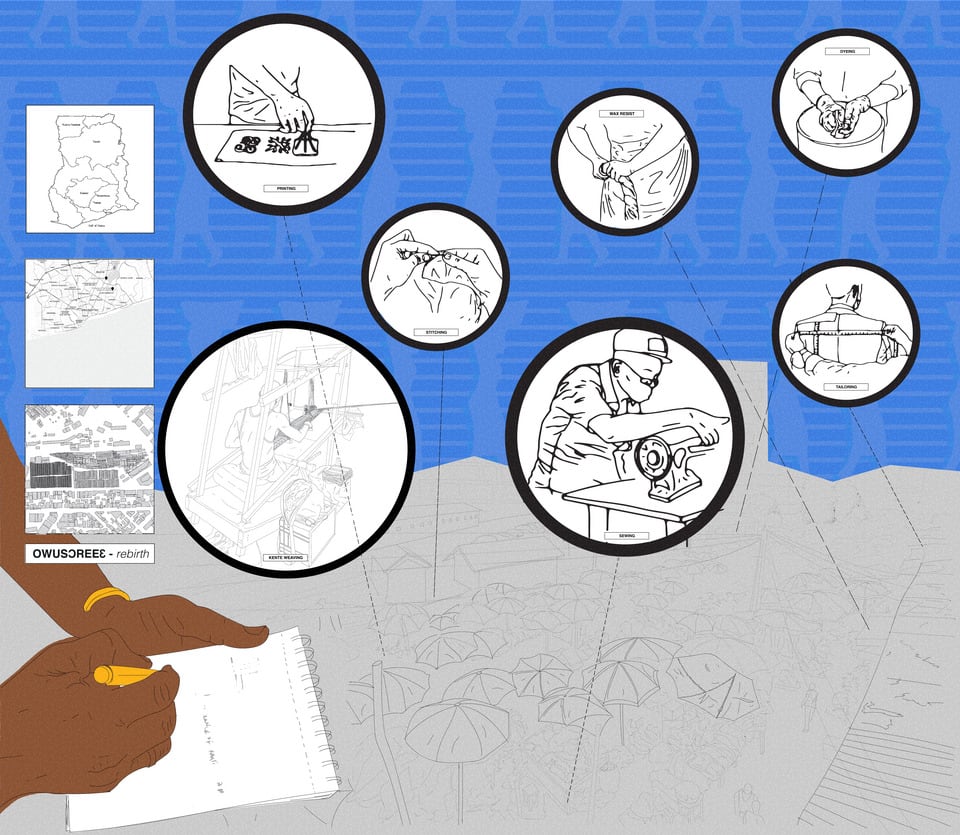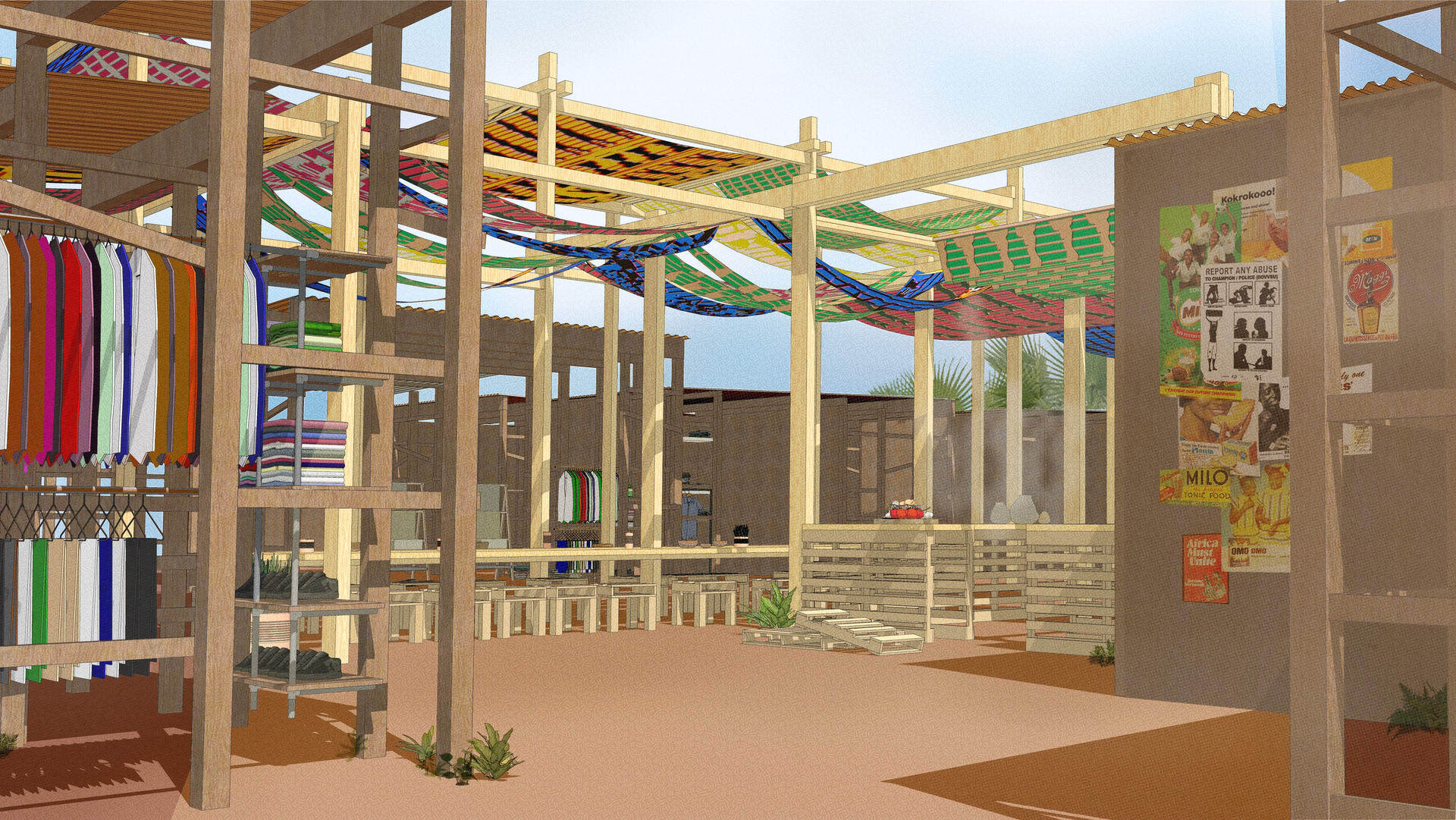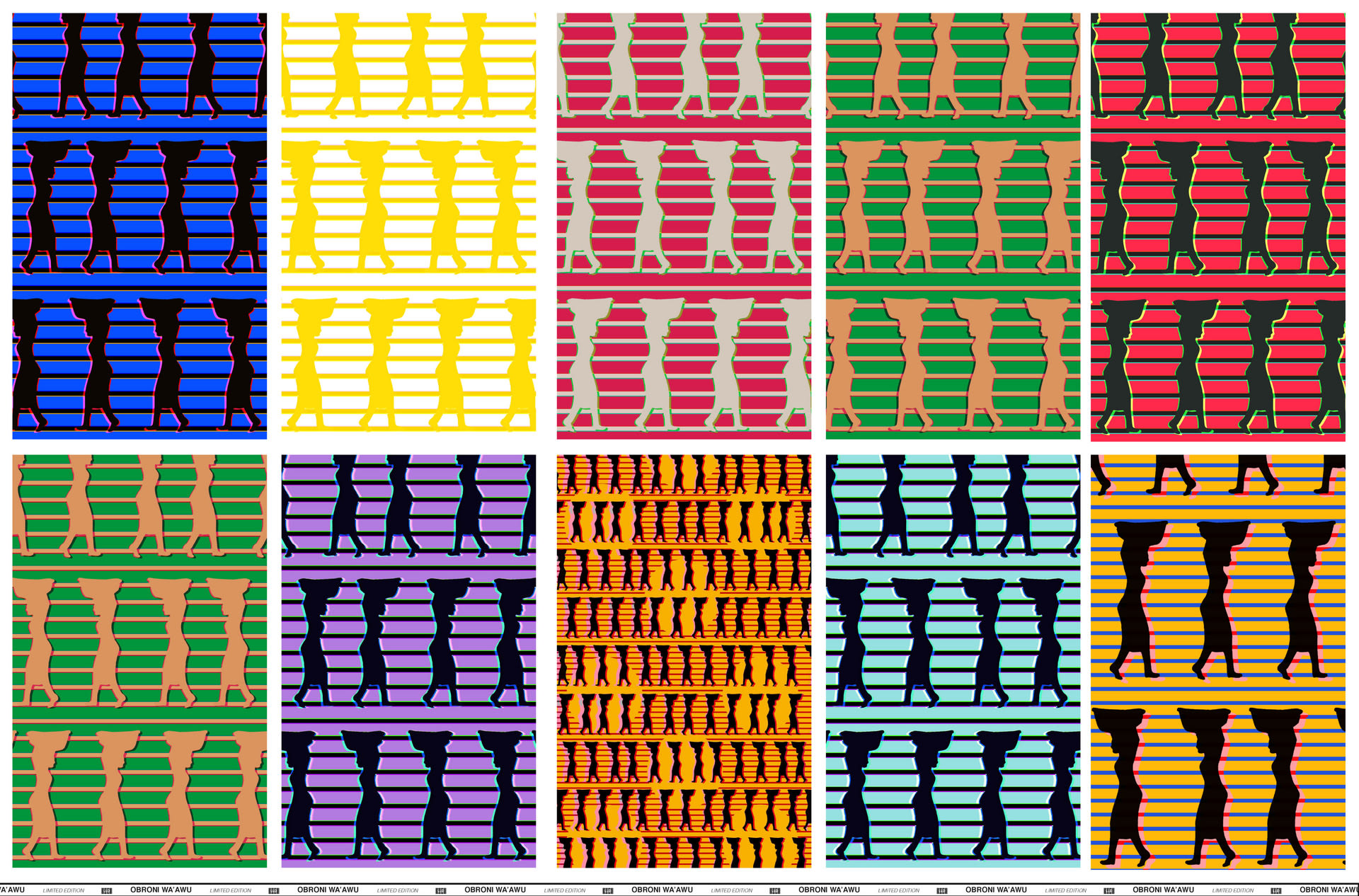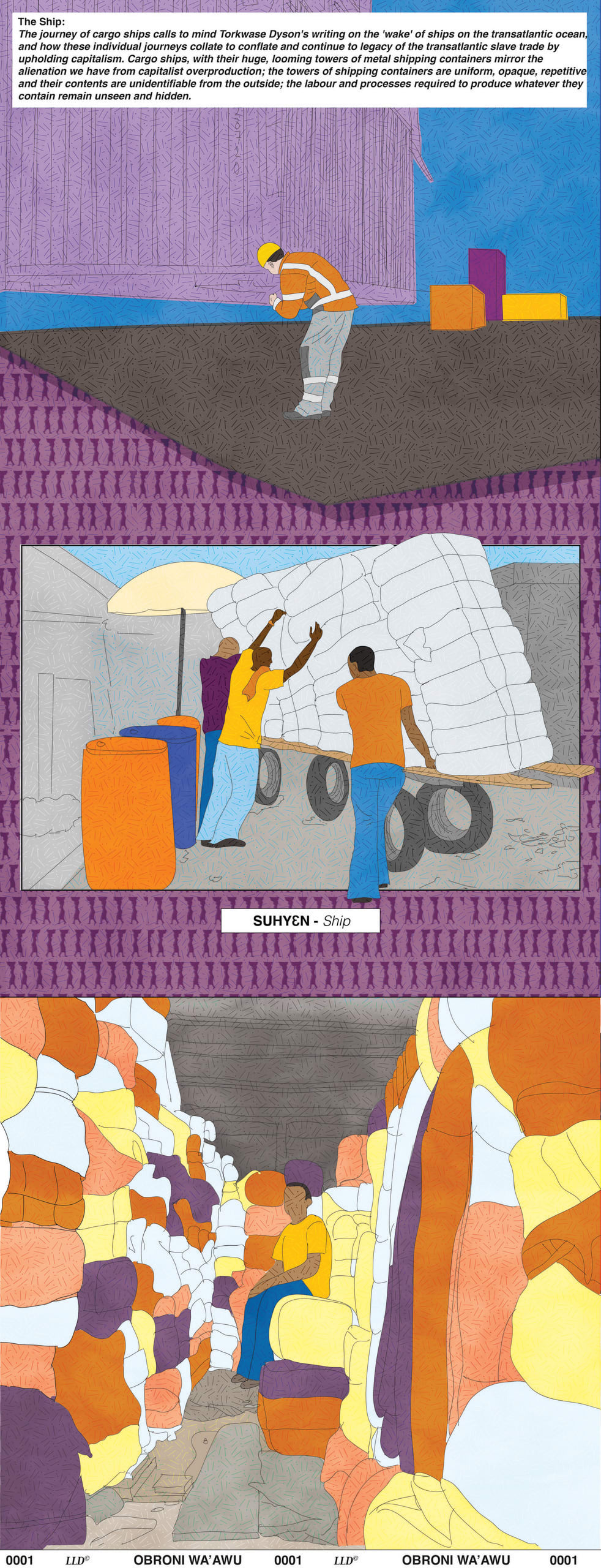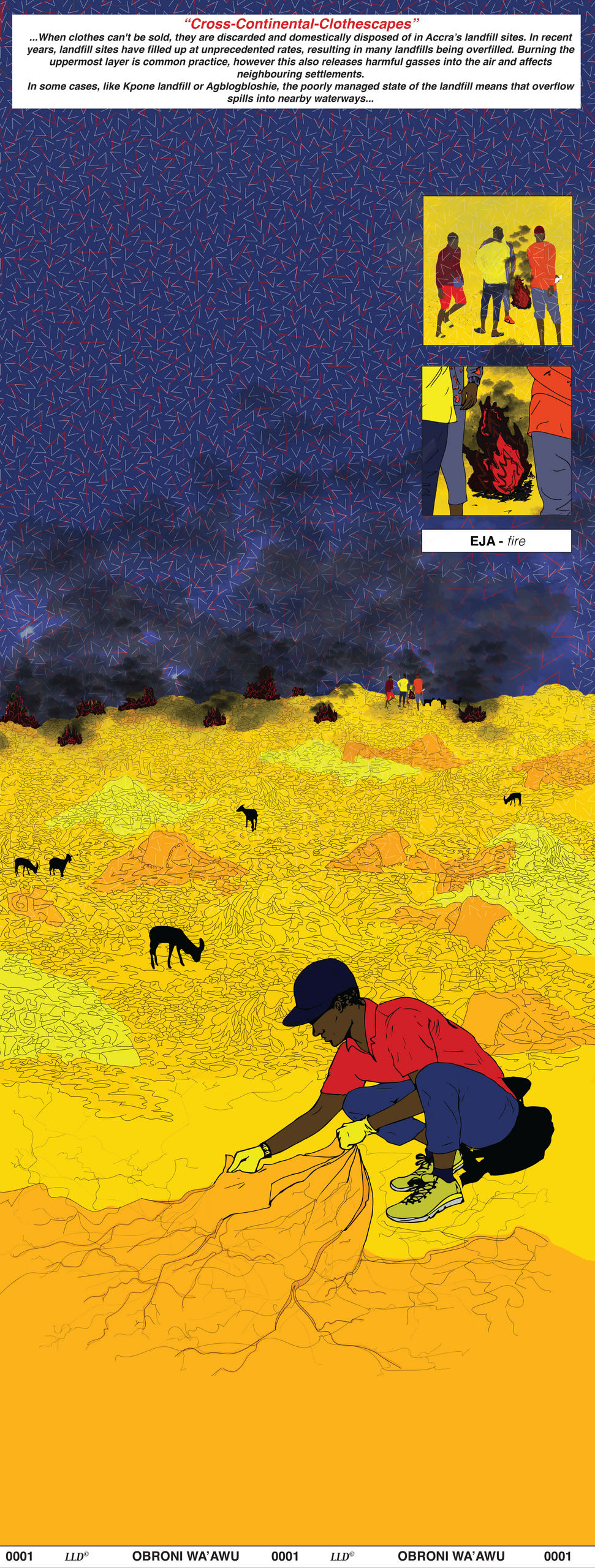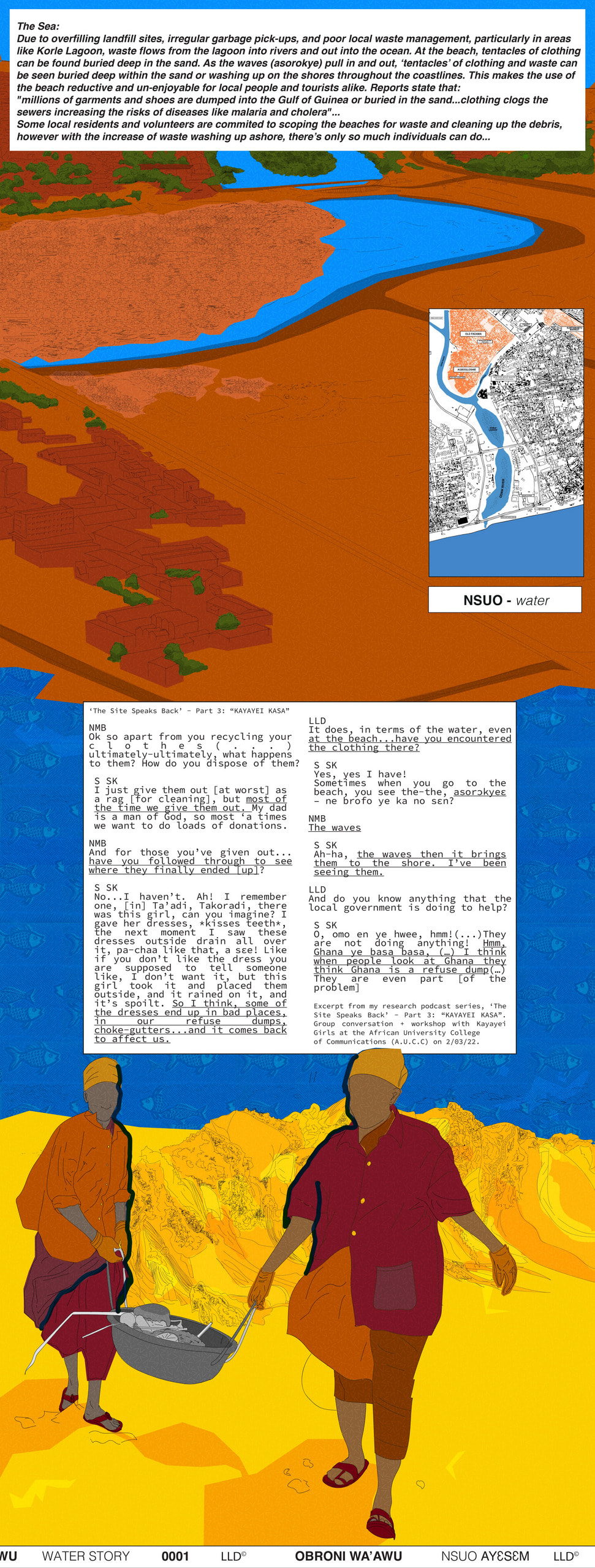Lauren-Loïs Duah joined the RCA after spending some time working in London and completing her first year of Master’s in Canterbury. Her first-year focus had a strong social agenda observing protests and architecture at points of social change to independently produce a mini-series, (‘The Youtopia Podcast’, 2021), and she hopes to continue expanding her understanding of similar themes by joining ADS2 for her final year.
Lauren-Loïs’ previous experience in Textiles & Design, Fine Art and Literature continue to influence her practice by drawing from various forms of design. She values the multi-disciplinary possibilities of architecture, and aims to explore how art, architecture and craft can intersect to be used to engage communities through spatial design, and enact positive social change.
Outside of university, Lauren-Loïs is currently working at Atelier UCA in collaboration with Yinka Ilori Studios and Turner Contemporary to produce a Community Art Project in King’s Hill, Kent. In addition to this, Lauren-Loïs is working on exploring and pushing her art + textiles practice beyond this project and hoping to exhibit some of her personal work soon.

